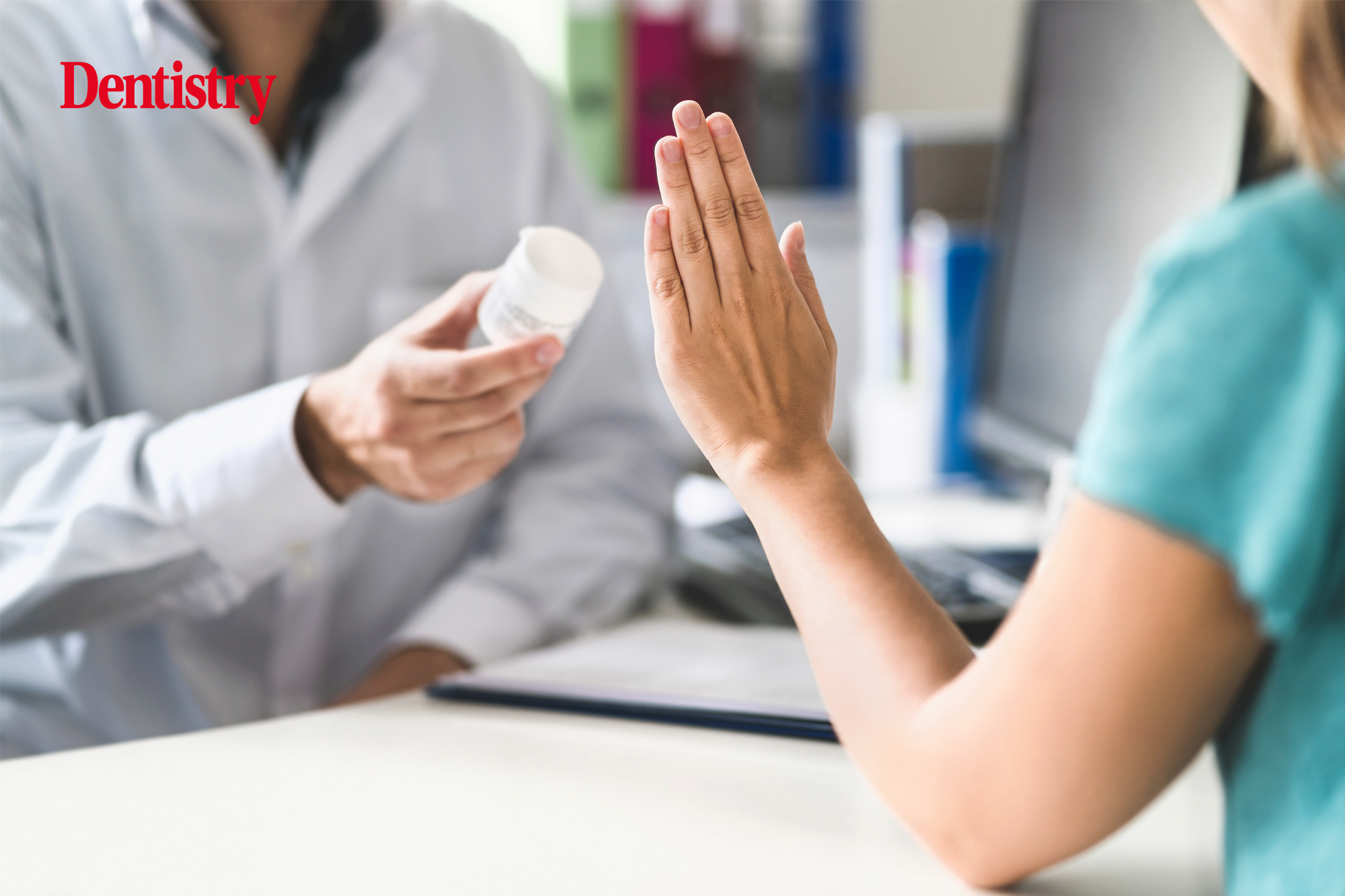
Peter Raftery shares his advice for effectively treating patients who wrongly believe that they are allergic to adrenaline-containing anaesthetics.
A recent BBC News headline read ‘Millions wrongly labelled with penicillin allergy‘ (BBC, 2023).
The Royal Pharmaceutical Society stated many UK citizens confuse side effects with an allergic reaction. Around 90% of people with supposed drug allergy were not allergic when tested. Yet these ill patients can take longer to recover after an infection when they are given second-choice antibiotics.
In the penicillin context it was interesting to reflect how patients’ care was less good when they incorrectly thought they had a drug allergy and how the alternative drug was less effective. From a dental perspective the similarities when considering adrenaline containing dental local anaesthetics seem stark.
All dentists know that allergy to modern amide dental local anaesthetics are extremely rare (Rood, 2000) and that allergy to adrenaline is ‘incompatible with life’. Yet we routinely care for patients who firmly cling to the notion that they are allergic to adrenaline-containing local anaesthetics.
Asking questions
In my career to date, I find that patients do not respond well to being corrected with ‘No you are not’.
Instead, a few minutes of respectful questioning goes much further towards quickly building and earning their trust. It is worth noting that if you are encountering a patient for the first or only time (eg in an emergency dental clinic), you have no time to build any rapport.
Without unpacking their ‘allergy’ background, you will probably not make much headway. The solution of choice in these instances would be Scandonest 3% plain.
But if time allows, I would recommend being open with patients when telling them that – for their own benefit – you are motivated to demonstrate to them that they are not allergic to adrenaline-containing local anaesthetics. There is abundant evidence to suggest that their future dental treatment will be more pain free if they are able to shed their barrier to adrenaline-containing local anaesthetic (St George et al, 2018).
I go on to say that in all honesty my confidence in getting and keeping them comfortable throughout their dental treatment is reduced when I am limited to the use of adrenaline-free local. On a pain control level, I say that I am fighting with one hand tied behind my back.
I wonder aloud whether they could be confusing allergic reaction with side effects. I predict that they will have had an adverse episode after a lower dental injection. In the majority of cases patients confirm this to be true and you can move onto the next step. If not, you are probably using Scandonest 3% plain for that treatment.
Providing reassurance
When patients conceded their adverse episode followed a lower dental injection I suggest that the particular dentist was too accurate with their injecting. Although we are aiming for the inferior dental nerve (and the neurovascular bundle it runs within) we rarely actually hit it.
I confirm that I will be sure to aspirate during my injection so that I am certain of not depositing the solution into a vein that would carry the undiluted adrenaline containing solution straight to the heart causing a transient thumping tachycardia.
If my proposed procedure involves the maxillary teeth I will confirm to my patient that there are no veins of note anywhere in the vicinity of where I’ll deposit the solution that could transmit the local back to the coronary structures.
Finally, I will describe how – in addition to the above – I propose to use a very low adrenaline solution. Septanest 1:200,000 has two and a half times less adrenaline than the traditional UK market leading Lignospan special at 1:80,000 (they probably received this during their unfortunate episode). I emphasise the benefits of this articaine solution and how it is a newer, more potent drug with a much reduced half life compared to lidocaine.
Of course I say that if we proceed with ‘low adrenaline’ Septanest and the patient does experience any adverse effects I will stop treatment immediately. I clarify (only half jokingly) that we have all of the appropriate first aid equipment on site to deal with allergic reactions.
I have found that using some or all of these pointers, delivered in a confident knowledgeable manner, is usually enough to gain the consent of patient to use adrenaline-containing local aesthetic – Septanest 1:200,000. It goes almost without saying that – touch wood – I have experienced no adverse reactions at all.
Email [email protected] for references.
For more information about Septodont products, visit www.septodont.co.uk.


